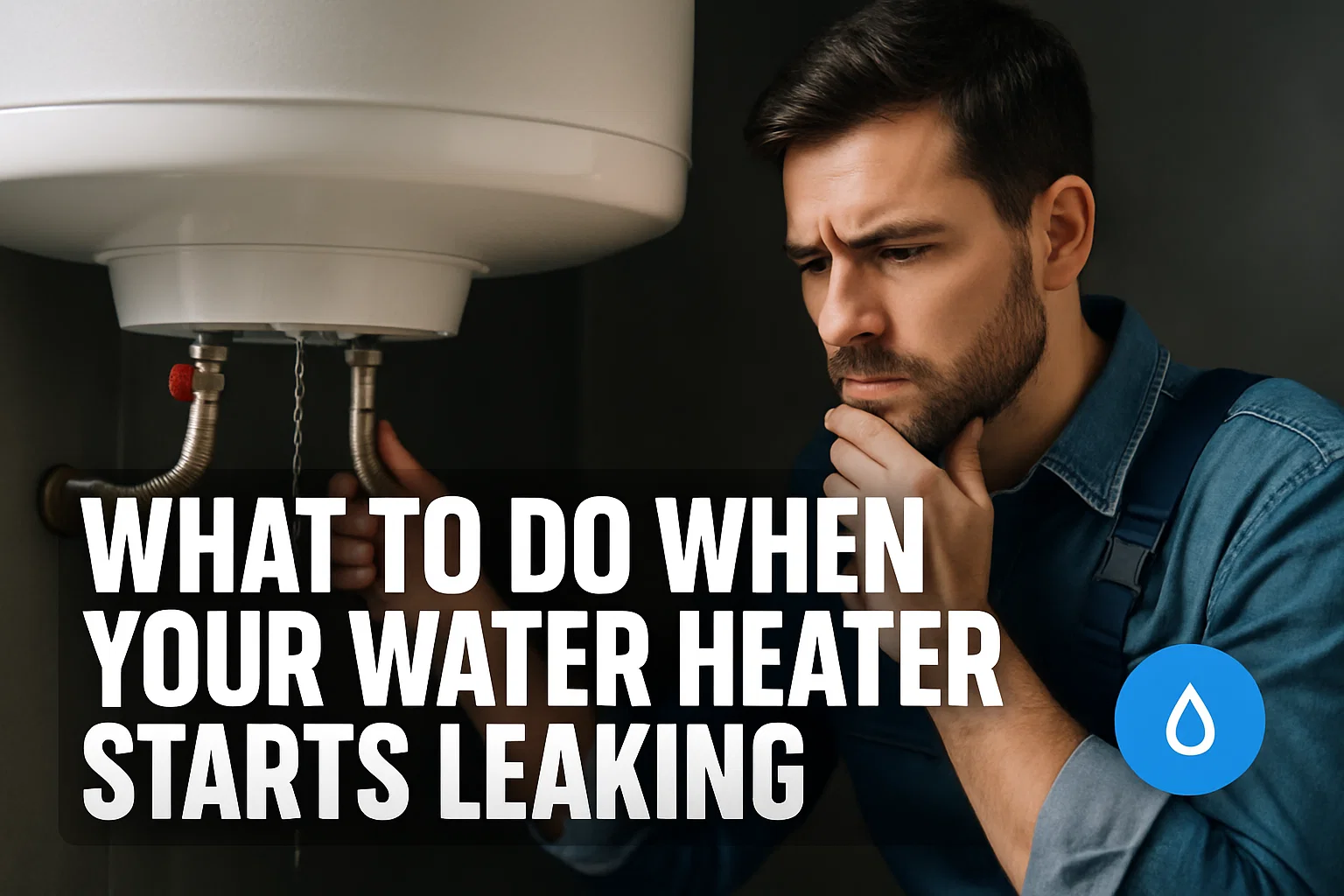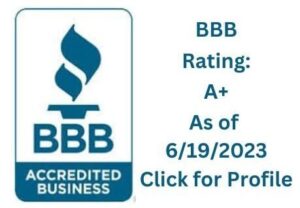Water damage can strike unexpectedly and cause significant harm to your home or business. Whether it’s due to a burst pipe, flooding, or a leaky roof, addressing water damage promptly is essential to prevent further complications. If you find yourself dealing with water damage, this guide will provide you with the necessary steps to minimize the damage and begin the restoration process. For expert help, you can always contact professional restoration services like Green Water and Fire.
Step 1: Ensure Safety First
Before you do anything, make sure that the situation is safe. Water and electricity don’t mix, so if the water damage is extensive and there’s a risk of electrical hazards, immediately turn off the power supply to the affected area. If you’re unsure of how to do this, contact a licensed electrician. Avoid stepping into flooded areas if there’s the potential for electrical shock.
Step 2: Identify the Source of the Water
To stop the problem from getting worse, you need to locate the source of the water and shut it off. If the water is coming from a broken pipe, turn off the main water valve. If flooding is the cause, check whether it’s due to a storm or a broken appliance (e.g., washing machine). Addressing the root cause of the water intrusion will help prevent additional damage.
Step 3: Remove Standing Water
Once the source of the water has been controlled, it’s time to remove any standing water. Use a sump pump, wet/dry vacuum, or a mop and bucket to get rid of as much water as possible. The quicker you act, the less damage you will face. If the area is too large to handle on your own, consider reaching out to a water damage restoration company, like Green Water and Fire, to help with water removal.
Step 4: Dry the Area
Once the standing water is removed, the next step is to dry the affected area completely. This includes floors, walls, furniture, and any other items that have absorbed moisture. Use fans, dehumidifiers, and open windows to encourage air circulation. Professional restoration services may use industrial-grade drying equipment to ensure thorough drying.
Step 5: Inspect for Mold
Water damage creates the perfect environment for mold growth, which can begin within 24-48 hours in a damp, warm setting. Inspect the affected area for signs of mold, such as a musty odor or visible growth on walls, ceilings, or furniture. If you spot mold, it’s essential to take swift action to contain it. Mold removal may require professional cleaning, especially if it’s widespread or in hard-to-reach places.
Step 6: Clean and Disinfect
Water damage often leads to contamination, especially if the water is from a source like a sewage backup or flooding. It’s crucial to clean and disinfect all affected surfaces to prevent the spread of bacteria and germs. Use appropriate cleaning agents and make sure to wear protective gear, such as gloves and masks, when handling contaminated materials.
Step 7: Repair and Restore
Once the area is completely dry, it’s time to start repairing the damage. This may include replacing drywall, flooring, and insulation that was damaged beyond repair. You may also need to restore furniture and belongings that were affected by water. If you aren’t sure how to handle this step, a professional restoration company can assist with the repairs and restoration to ensure everything is safely and properly addressed.
Step 8: Prevent Future Water Damage
After experiencing water damage, it’s important to take preventive measures to avoid future occurrences. Consider these tips:
- Inspect your roof: Ensure there are no leaks or loose shingles that could let in water.
- Maintain your gutters: Keep gutters clean and free of debris to prevent blockages and water overflow.
- Check plumbing regularly: Look for leaks or signs of wear and tear on pipes and faucets.
- Install sump pumps: If your area is prone to flooding, a sump pump can help divert water away from your home’s foundation.
Step 9: Contact a Professional Restoration Company
Water damage restoration can be a complex process, and attempting to handle it without the right equipment or experience can lead to more harm than good. Professionals can help save time, money, and prevent potential health risks by addressing water damage properly.
While some water damage issues can be handled on your own, it’s often best to call in the experts for significant damage. Professional restoration companies, such as Green Water and Fire, have the tools and expertise to assess the damage, remove water, dry the area, and restore your property to its pre-damage condition.
When to Call a Professional
In certain cases, you should not attempt to manage water damage on your own. Consider calling a professional restoration company if:
- The water damage is extensive and involves multiple rooms or floors.
- The water source was contaminated (e.g., sewage or floodwaters).
- You’re unable to effectively remove all the water or dry the area.
- Mold has already begun to grow or you suspect it might develop.
- You’re unsure of the necessary repairs or how to properly restore the area.
Conclusion
Water damage can be overwhelming, but taking immediate action can help minimize the long-term impact on your property. From ensuring safety to drying the area, cleaning, and restoring your space, following these steps can get you on the right path to recovery. And remember, when in doubt, don’t hesitate to call in a professional water damage restoration service like Green Water and Fire for expert assistance and peace of mind. The sooner you act, the better your chances of reducing costly repairs and avoiding health risks like mold growth.


















